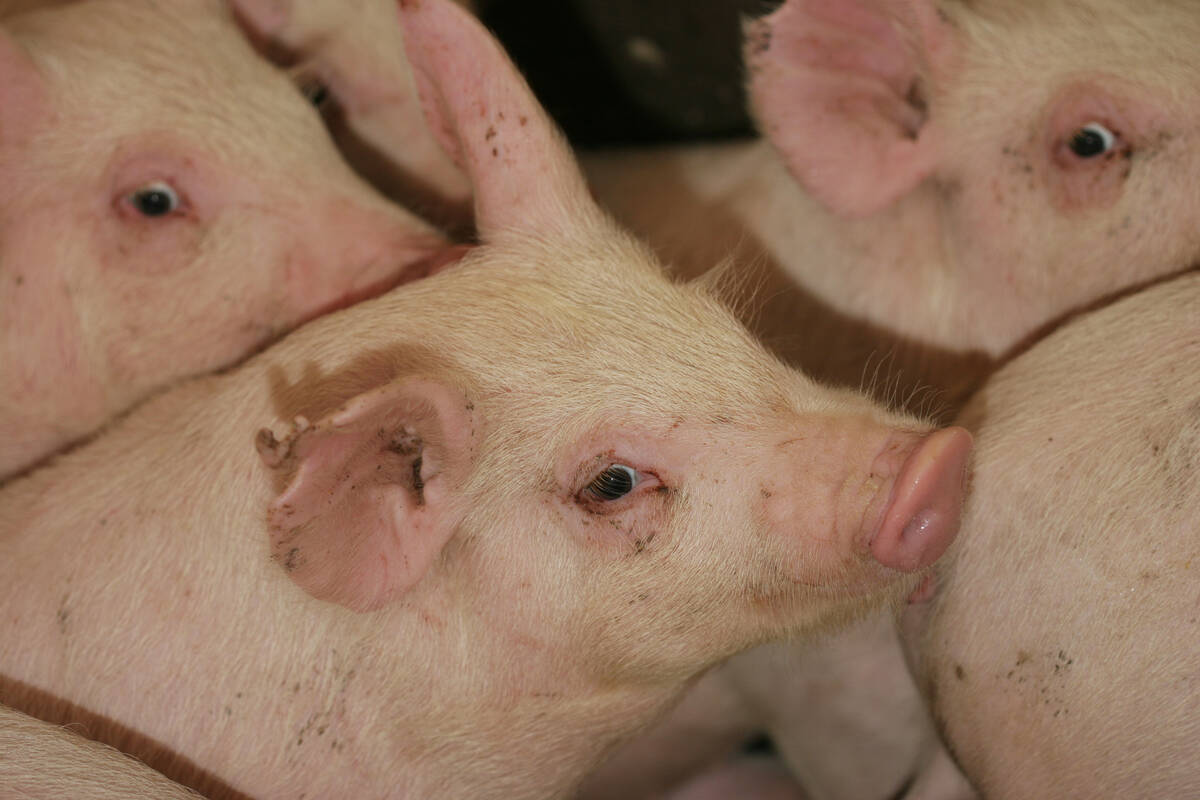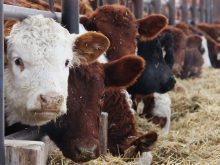PHOENIX, Ariz. – Financial turmoil has made the average beef consumer a shrewd shopper.
More ground meat than steak is sold these days and an overall decline in U.S. meat consumption of four pounds per person is anticipated, said the market analysts of Cattlefax at the National Cattlemen’s Beef Association convention in Phoenix, Arizona.
“Our end cuts are performing quite well but middle meats, that is, the better cuts of steaks are not selling as well,” said analyst Mike Miller Jan. 29.
Food service is down but retail sales are better because more people are staying home to cook their own food.
Read Also

The Western Producer Livestock Report – September 25, 2025
The U.S. national live price average for barrows and gilts was $81.21 Sept. 17. It was $78.37 Sept. 9. U.S. hogs averaged $106.71 on a carcass basis Sept. 17, up from $106.10 Sept. 9.
Wholesale beef demand was down seven percent in 2008 versus 2007. He predicts overall beef demand will fall by four percent.
“Our expectation is that we are going to decline a little bit further in 2009,” he said.
All that is attributed to a sad economic picture in the U.S. where retail sales have had six straight months of decline, job growth is the worst since 1945, unemployment is expected to be eight percent and consumer confidence is at an all-time low.
No one could have predicted the magnitude of that decline, said Randy Blach, chief executive officer of Cattlefax.
“The biggest struggle we have in the industry today is attitude,” he said.
Nervous consumers create a domino effect because as demand for beef wallows, live cattle prices slip. Add in poor returns, high grain prices, weather problems and an aging producer population and the result is the smallest beef cow herd since 1963, at 31.9 million, said analyst Kevin Good.
“That is a trend we don’t see changing any time soon,” he said.
Falling milk prices will see more dairy cows heading to slaughter. Producers are losing $3 US per cow per day and the American government is considering a dairy buyout to further reduce the herd. The dairy cow slaughter in the first week of January was the largest in 20 years.
With a small beef herd, the number of fed steers and heifers will drop this year and beef production is expected to be at its lowest level since 1998.
Beef, poultry and pork producers are all hurting and total meat production is expected to drop 1.4 billion lb. Total beef production is forecast at 26.6 billion lb., a two percent drop from last year.
“All three proteins are in a situation where we are going to reduce production for financial reasons,” Good said.
Lower prices for live cattle are predicted. Fed cattle prices are expected to average $90 to $92 per hundredweight with a range of $83 to $100.
Feeders weighing 750 lb. will be softer than last year, trading from $98 to $100 per cwt. and 550 lb. steers will average $108 to $110.
Prices received for calves are expected to trend lower because of the equity drain in the cattle feeding sector and a lack of premiums paid on the futures market.
Feedlots have suffered some of the most severe losses in 30 years with an $800 million loss in equity, said Blach.
That puts livelihoods at stake because the industry will shed feedlots and packers. Both industries are overbuilt.
“That excess capacity is what has led us to the severity of losses we are dealing with in the industry today,” he said.
Blach predicts larger cow-calf operations, more consolidation in the feed business with fewer companies finishing a larger percentage of the available cattle, and a downsized packing industry.
He said too many people were trying to pick the highs and lows of the market rather than focusing on the margins. There was not enough attention paid to risk management.















